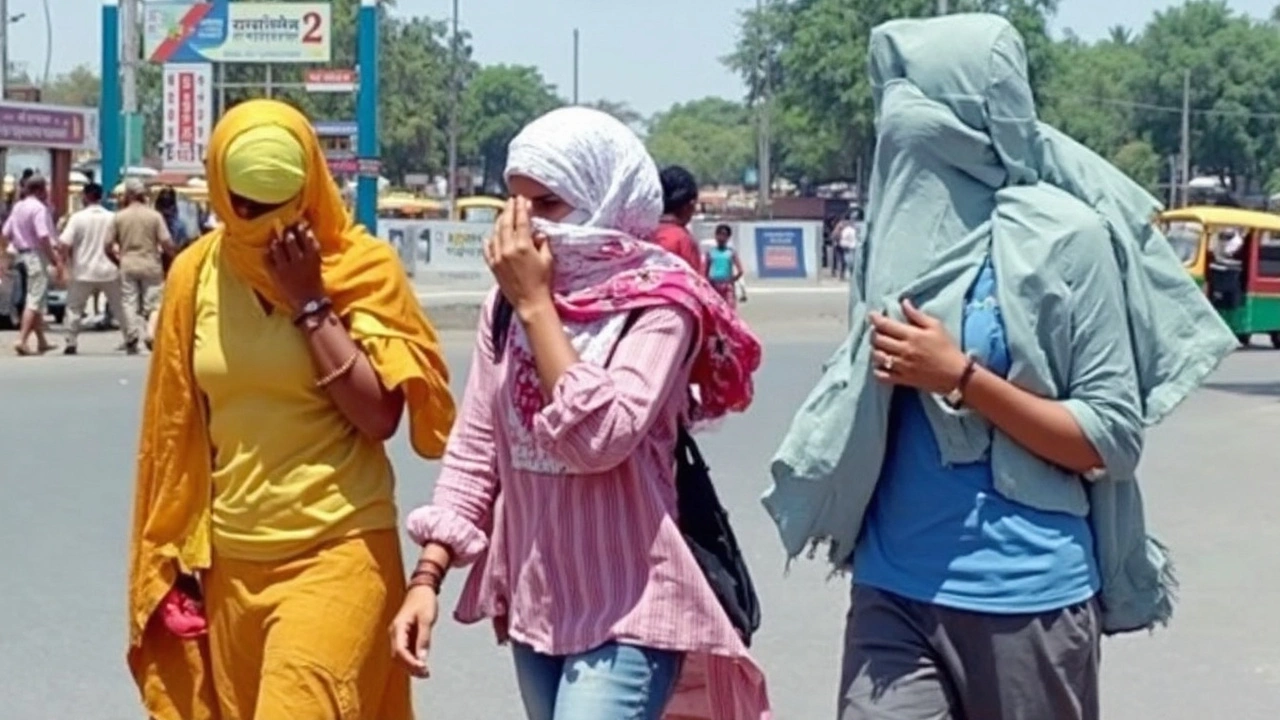Understanding Cyclonic Storms and Staying Safe
Ever wondered why the sky suddenly turns dark, winds roar, and heavy rain hits in a flash? That’s a cyclonic storm doing its thing. In plain terms, a cyclonic storm is a big, rotating system of clouds and wind that pulls warm, moist air upward. When that air rises, it cools, condenses, and releases energy, making the storm spin faster.
How to Spot a Cyclonic Storm Early
Getting a heads‑up can save you a lot of trouble. Look for a few tell‑tale signs: a rapid drop in pressure, darkening clouds that seem to swirl, and winds that pick up quickly. In India, the India Meteorological Department (IMD) often issues orange or red alerts when cyclonic circulations are expected. Pay attention to local news, weather apps, and official IMD bulletins – they’ll tell you where the storm is heading and how strong it might get.
When a warning appears, note the time frame. Most cyclonic storms move at 10‑20 km per hour, so you usually have a day or two to prepare. Don’t wait until the rain starts pouring; the worst damage often comes from sudden gusts and flooding that follow the first clouds.
Practical Steps to Prepare and Protect Yourself
First, make a quick checklist. Grab flashlights, extra batteries, a portable charger, and enough drinking water for at least three days. Keep a few non‑perishable foods like biscuits, canned beans, and nuts handy. If you live in a low‑lying area, think about sandbags or any barrier that can keep water out of your home.
Secure loose items around your house – garden chairs, potted plants, and anything that can become a projectile in strong winds. Trim overhanging branches that could break and fall on your roof. If you own a car, park it in a garage or a place away from trees that might fall.
Know your evacuation route. Local authorities often set up shelters in schools or community halls. Write down the address and keep a small bag ready with documents, medicines, and a change of clothes.
During the storm, stay indoors. Close all windows, lock doors, and turn off electricity if there’s a risk of a short circuit. If floodwater starts rising, move to a higher floor immediately – never try to walk through deep water.
After the storm passes, be cautious. Look for broken glass, downed power lines, and weakened structures before moving around. Report any major damage to local officials; they’ll coordinate clean‑up and relief.
Remember, cyclonic storms are part of the monsoon season in many parts of the world, especially along the Indian coastline. By staying informed, acting early, and keeping a simple safety kit, you can reduce the risk to yourself and your family.
So next time the sky darkens and the wind picks up, you’ll know exactly what to do – check the alert, secure your space, and stay safe until the storm moves on.
Cyclonic Disturbances Unleash Heavy Rain and Thunderstorms While Heatwaves Scorch Rajasthan and Gujarat
India is grappling with diverse and intense weather patterns as cyclonic systems bring heavy rainfall and thunderstorms to parts of the South and Northeast. Meanwhile, regions like Rajasthan and Gujarat are under heatwave alerts, witnessing soaring temperatures. Residents and farmers are advised to take preventive measures to combat these extreme conditions.




